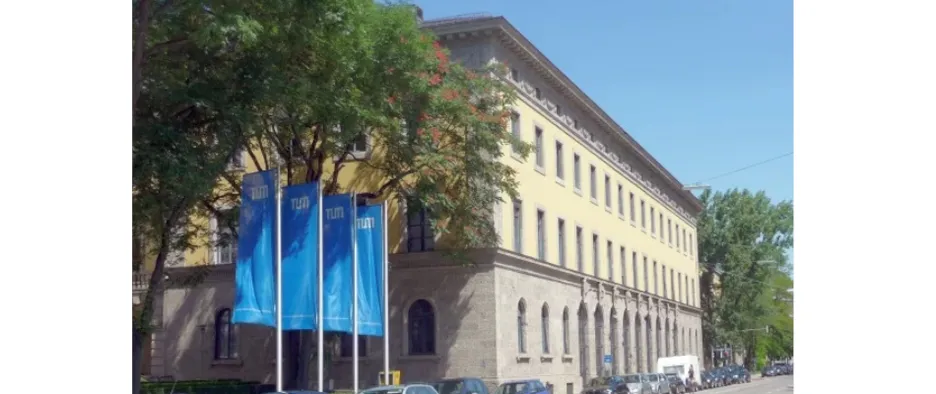
Photogrammetry and Remote Sensing
A warm welcome to the Professorship of Photogrammetry and Remote Sensing. We are part of the Aerospace and Geodesy department of the TUM School of Engineering and Design.
The focus of the professorship for photogrammetry and remote sensing is the evaluation of sensor systems and sensor configurations, 3D reconstruction from images and image sequences as well as from mobile and airborne laser scanning, segmentation and classification of 3D point clouds, co-registration of point clouds from different sensors and recording times, object extraction from point clouds, the texturing of 3D models and the extraction of objects from images and textures.
Main areas of application are buildings and environmental monitoring. Work carried out in the field of buildings dealt, for example, with the texturing of building models from thermal image sequences and the extraction of objects from these textures or with the extraction of 3D point clouds from image data and the comparison with existing building information models. In the field of environmental monitoring, the focus is on the extraction of individual trees, the detection of changes in water bodies and natural environments and the investigation of alpine natural hazards such as rockfalls and data collection in the context of climatic changes such as changes in permafrost and glacier monitoring.